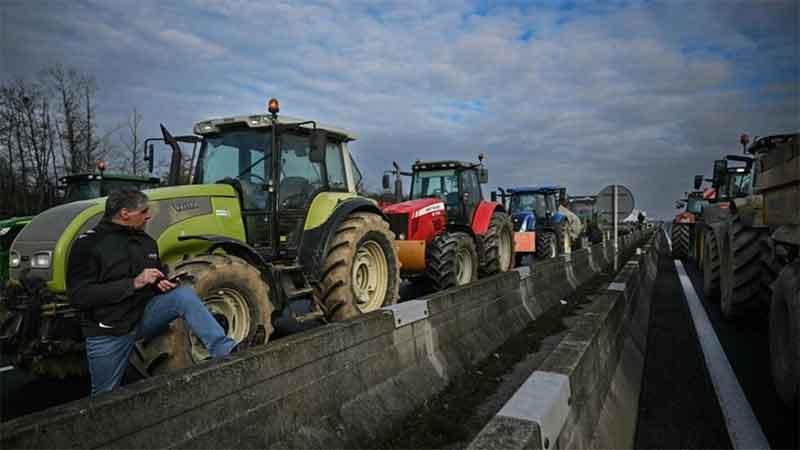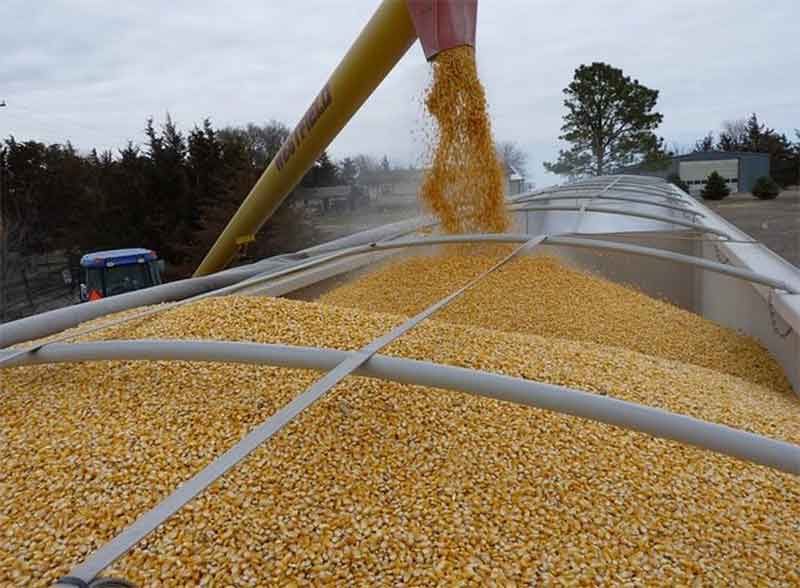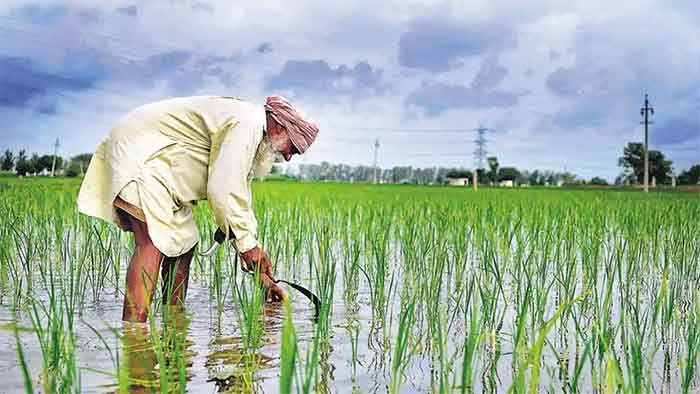
Having been raised in Himachal Pradesh, a rural tehsil located in the Shimla district, I have witnessed the remarkable evolution of agriculture in a relatively short period of time. The experience is heart-wrenching and exhilarating as I observe the momentous changes. As I embarked on my fieldwork journey and started with one of the populous apple-growing belts of the region, it was difficult to ignore what the agricultural landscape now looks like in Himachal.
Transition from food grains to cash crops
The transition from traditional food grain cultivation to cash crops marked a significant turning point in the agricultural history of Himachal Pradesh. The feudal system under the rule of independent landlords, or Rajas, shaped the agrarian landscape, with heavy taxation contributing to the perpetual impoverishment of the local population.
The undulating topography and varying climates within the region created diverse soil conditions. The fertility of plots, especially those drained by the stream known as “kiar,” allowed for the cultivation of two to three crops a year. In contrast, other areas struggled due to less favorable conditions. The staple crops included grains such as koda, chilai, gehun, jaw, kanak, as well as wheat, rice, and maize. Additionally, people harvested honey, ghee, and other forest produce.
The British Raj significantly changed the agricultural practices in the Shimla Hill States. They introduced Apple as a commercial fruit in the region. This shift from subsistence farming of grains to the cultivation of cash crops marked a departure from the traditional system. The transition brought about a new economic dynamic as farmers turned their attention to crops with market value, enabling them to generate income beyond their immediate needs.
The emergence of apple orchards in the region exemplifies this shift towards cash crops. The apple-growing belt, once predominantly focused on traditional grains, witnessed a transformation as farmers embraced the lucrative apple cultivation. It not only altered the landscape but also had economic implications, providing a source of income that surpassed the limitations of the previous agrarian system.
By the late 1990’s facilitated by economic liberalization reforms, apple cultivation in the hill states was heavily promoted by the state. This was done by setting up the A.P.M.C. (Agriculture Produce Market Committee) and, subsequently, HPMC (Horticulture Produce Marketing and Processing Corporation). These committees exclusively dealt with providing post-harvest facilities to the farmers.
With the spread of apple cultivation with forward and backward linkages in place also market a shift in the decline of traditional crops and practices. The region historically renowned for producing high-quality grains, millets, and vegetables known for their medicinal properties and high nutritional content also faced a steady decline. Grains such as Koda (finger millet), Kangani (foxtail millet), Kanak (wheat), and Ogla (buckwheat) contributed to the overall well-being of the local population and were considered remedies for various ailments. The hill residents were known for their “pure diet” and limited consumption of processed foods, as well as their resilience in the face of various diseases. Diabetes, for instance, was virtually unheard of in the mountainous regions a few decades ago. However, with a crippled healthcare system, and ever-increasing diabetes rate, the situation can pose a significant crisis for the people in the coming years.
Erosion of Traditional Farming Practices:
With the rise of agricultural markets and farmers experiencing a tenfold increase in earnings from apple cultivation, the region underwent a profound shift, completely abandoning food grains in favor of apples and other high-value crops. By the late 2000s, certain food grains were eradicated entirely, now surviving only in specific pockets of Uttarakhand or imported from other regions. This shift presents a significant concern as escalating input costs in apple cultivation threaten to ensnare farmers in a disheartening cycle of diminishing returns.
The situation becomes increasingly alarming as traditional cultivation methods and the use of organic manures witness a sharp decline. The once-prevalent practice of using cow dung as an organic fertilizer has dwindled, as people have moved away from raising animals. Cow dung, now sourced from neighboring states like Punjab, is often considered of inferior quality. The younger generation, drawn towards high-density apple varieties, has forsaken traditional farming practices that once existed in harmony with nature.
While the old apple trees planted in the 70s still stand robust, the new high-density varieties reportedly have a lifespan of less than three years. Moreover, these newer varieties demand advanced irrigation facilities such as drip irrigation, trellis construction, and intensive care to bear fruits. Despite these efforts, the fruit quality of these contemporary varieties is deemed sub-standard when compared to the age-old royal apple. This shift raises concerns not only about economic sustainability but also about the loss of traditional wisdom and practices that once coexisted harmoniously with the environment.
Tackling Deep-Rooted Issues: Government Intervention and Farmer Support
Addressing the deep-rooted problems necessitates strategic interventions. Can the government open alternative pathways for the populace, particularly considering the predicament faced by small and marginal farmers with less than 1 bigha of land? These questions prompt serious introspection as the adverse effects of apple farming become increasingly apparent. Existing infrastructure, coupled with massive post-harvest losses, paints a gloomy picture for apple growers.
In conclusion, navigating these challenges requires a holistic approach that combines sustainable agricultural practices, government support for diversification, and a renewed emphasis on preserving traditional wisdom. The state of Himachal must seek a balance that ensures economic prosperity without compromising the ecological integrity of its horticultural production.
Anchal Kashyap is a third year PhD student at Jindal School of Government and Public Policy














































